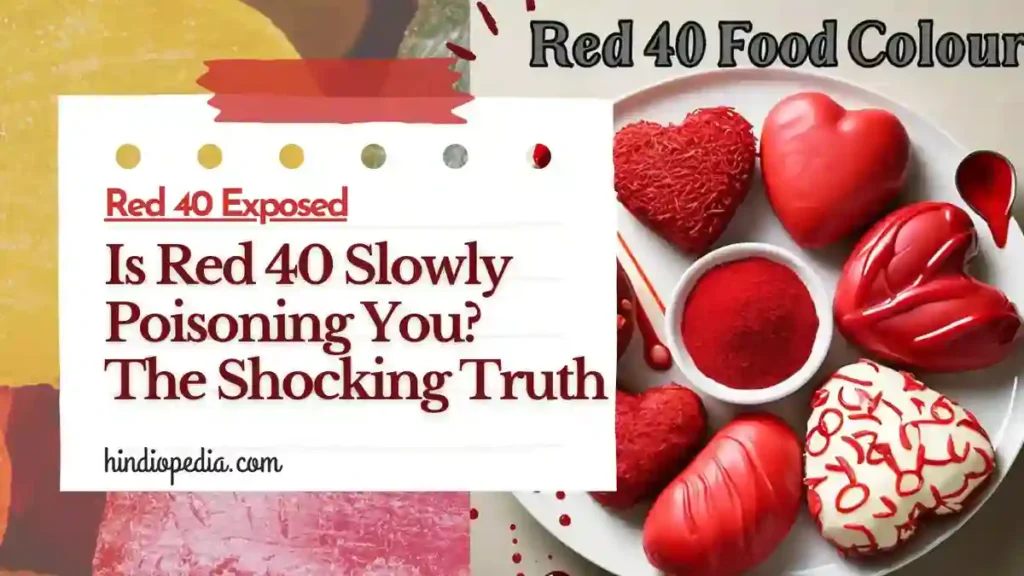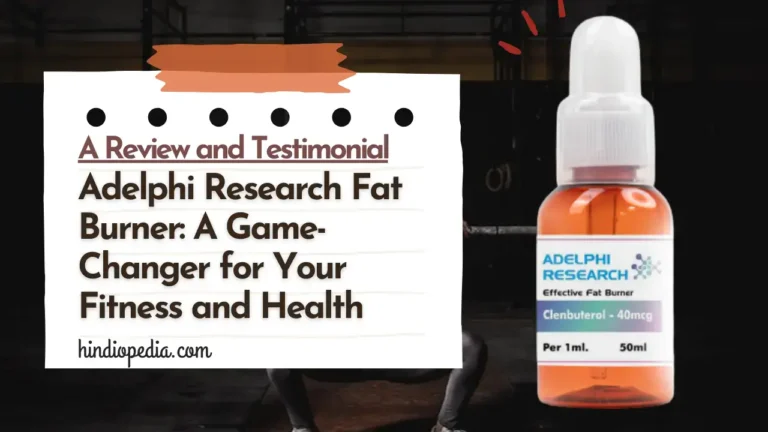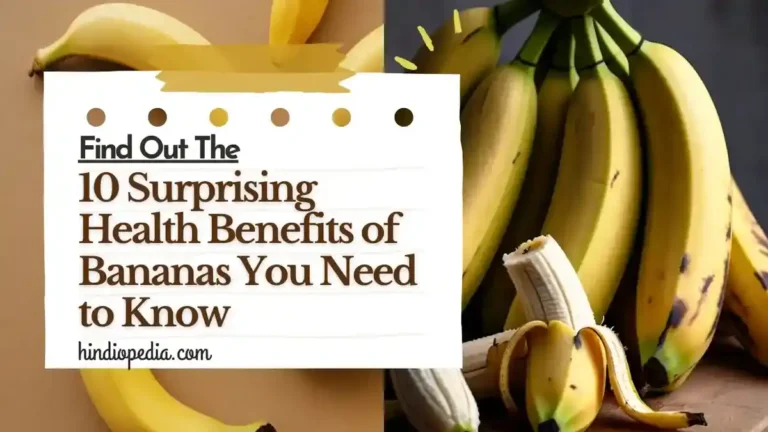Is Red 40 Bad for You? The Hidden Danger in Your Favorite Foods?
Red 40 is everywhere. It’s in your candy. Your drinks. Even your medicine. But what is it? Is it safe? This article will explore Red 40. We’ll look at its history. Its uses. And its potential risks. We’ll use simple language. Short sentences. And clear information. Let’s learn about this common food dye.

What is Red 40?
Red 40 is a food coloring. It’s synthetic and man-made in labs. Not found in nature. Its official name is Allura Red AC. It’s also called FD&C Red No. 40. Red 40 gives foods a bright red color. It’s used in many products, from strawberry milk to cherry popsicles.
Key Facts:
- Synthetic food dye
- Bright red color
- Used in many foods and drinks
History of Red 40
Red 40 has a long history. It was first approved in 1971. The FDA allowed its use. It replaced older, harmful dyes. Red 40 became popular quickly. By the 1980s, it was widely used. Today, it’s the most common red food dye in the US.
Timeline:
1971: FDA approves Red 40
1980s: Widespread use begins
Today: Most common red dye in US
How is Red 40 Made?
Red 40 is created in labs. It starts with petroleum. Yes, the same stuff used for gasoline. Scientists process this oil. They add chemicals. The result is Red 40. It’s a complex process. Many steps are involved. The final product is a red powder. This powder is then added to foods.
Where is Red 40 Found?
Red 40 is in many foods. Some are obvious. Others might surprise you. Here’s a list:
Common Foods with Red 40:
- Candy and gum
- Soft drinks
- Cereals
- Baked goods
- Dairy products (flavored milk, yogurt)
- Sauces and condiments
- Processed meats
- Vitamins and medications
It’s not just in red foods. Red 40 can be in orange or purple items too. It’s often mixed with other dyes. This creates different colors. Always check labels to be sure.
Health Concerns
Red 40 has been studied a lot. Some studies raise concerns. Others say it’s safe. Let’s look at both sides.
Potential Risks:
- Hyperactivity in children: Some studies link Red 40 to ADHD symptoms. A 2004 study in The Lancet suggested this connection.
- Allergic reactions: Some people may be allergic to Red 40. Symptoms can include hives or asthma.
- Cancer concerns: Early studies on mice raised cancer fears. Later studies haven’t confirmed this in humans.
- Behavioral issues: Some parents report mood changes in kids after eating Red 40.
Safety Arguments:
- FDA approval: The FDA says Red 40 is safe at current levels.
- Extensive testing: Red 40 has been studied for decades.
- Wide use without major incidents: Millions consume it daily without apparent harm.
It’s important to note. More research is needed. Long-term effects are still unclear.
Regulations and Labeling
Different countries have different rules. The US allows Red 40. The EU requires warnings. Some countries have banned it. Here’s a comparison:
| Country | Red 40 Status |
|---|---|
| USA | Allowed |
| EU | Allowed with warning |
| Norway | Banned |
| Austria | Banned |
In the US, Red 40 must be listed on labels. It can be called “Red 40,” “FD&C Red No. 40,” or “Allura Red AC.” Always check ingredient lists.
Alternatives to Red 40
Some companies are moving away from Red 40. They’re using natural alternatives. Here are some options:
Natural Red Dyes:
- Beet juice
- Paprika
- Strawberry juice
- Carmine (from insects)
- Anthocyanins (from plants)
These natural options have pros and cons. They’re often more expensive. Their color may not be as bright. But they avoid the concerns of synthetic dyes.
The Controversy Continues
The debate over Red 40 is ongoing. Some call for bans. Others say it’s safe. Here are key points:
Pro-Red 40 Arguments:
- Long history of use
- FDA approval
- No conclusive evidence of harm
Anti-Red 40 Arguments:
- Potential health risks
- Unnecessary additive
- Natural alternatives available
Research continues. New studies emerge regularly. The scientific community remains divided.
Consumer Awareness
What can you do? Be informed. Read labels. Make choices that feel right for you. Here are some tips:
Steps for Consumers:
- Check ingredient lists
- Look for natural alternatives
- Be aware of personal reactions
- Stay informed about new research
Remember, moderation is key. Even natural foods can cause issues if overconsumed.
The Future of Food Dyes
The food industry is changing. Consumer demand drives this change. Many want fewer artificial ingredients. This includes dyes like Red 40. What might the future hold?
Possible Future Trends:
- More natural dye options
- Improved synthetic dyes
- Stricter regulations
- Better labeling practices
Companies are investing in research. They’re looking for safe, effective coloring options. The food landscape may look very different in the coming years.
The Bottom Line
Red 40 is common. It’s in many foods we eat daily. Its safety is debated. Some studies raise concerns. Others say it’s fine. More research is needed. For now, it remains approved for use. But consumers have choices.
You can avoid Red 40 if you wish. Or consume it in moderation. The key is awareness. Know what’s in your food. Make informed decisions. Stay updated on new research. The Red 40 debate will likely continue. But now you have the facts to decide for yourself.






